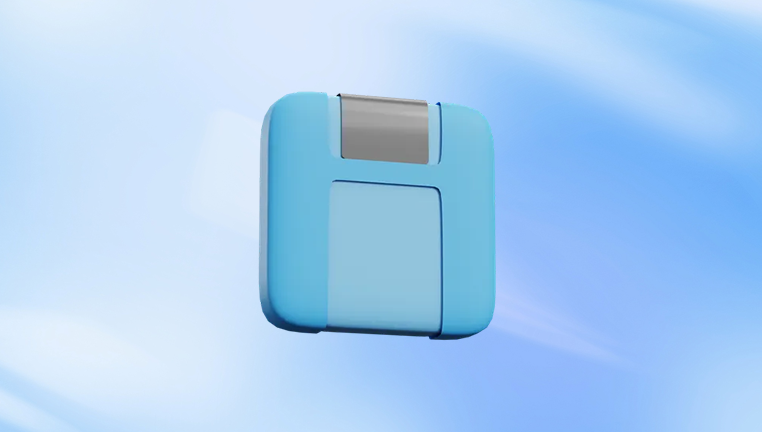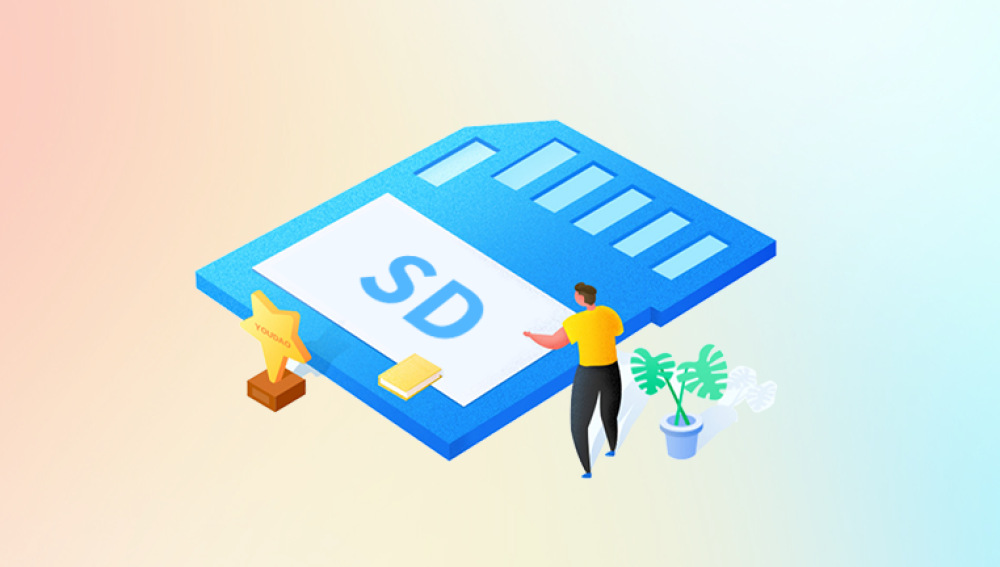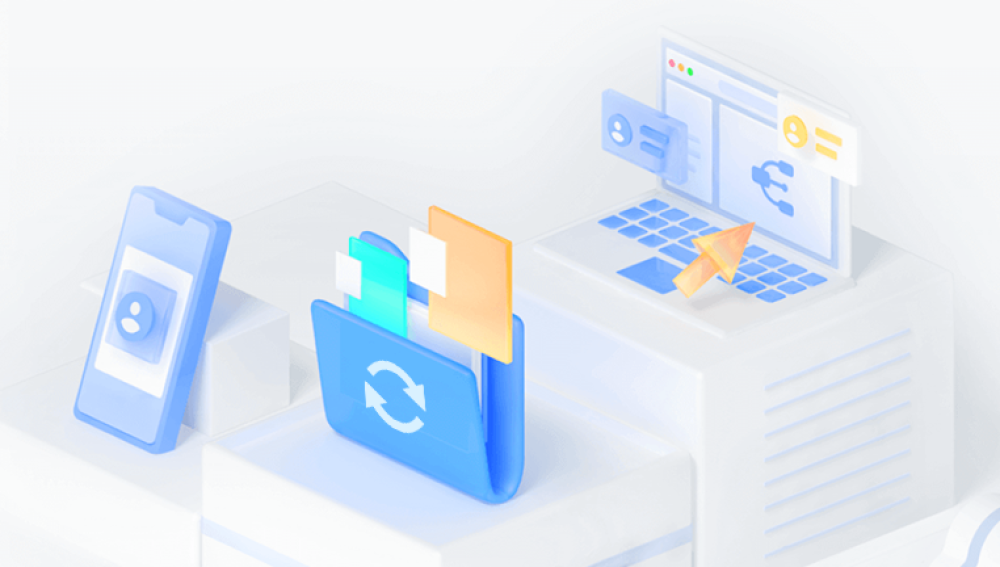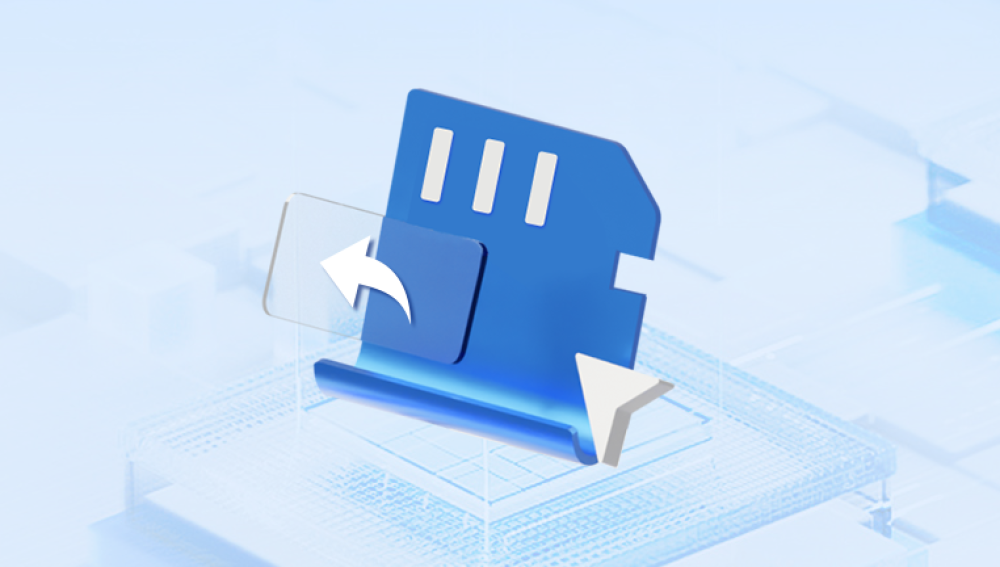Losing precious photos from an SD card can be frustrating especially when those images hold personal, professional, or irreplaceable value. Whether the deletion happened accidentally, due to formatting, corruption, or some unknown glitch, the good news is that recovering deleted photos from an SD card is possible in many cases.
How SD Card Deletion Works
Before diving into recovery, it’s important to understand what happens when a photo is deleted from an SD card. Contrary to popular belief, deleted files are not immediately removed from the card’s memory. Instead, the space they occupied is marked as available for reuse. Until that space is overwritten with new data, the deleted photos are still retrievable.
This behavior is common across devices such as:
Digital cameras (DSLRs, action cameras, mirrorless cameras)

Smartphones
Dash cams and trail cams
Game consoles
Tablets or handheld gaming devices
That’s why your first step after accidental deletion should always be to stop using the SD card immediately to prevent overwriting the deleted files.
Common Reasons for Photo Loss on SD Cards
Accidental Deletion: You or someone else may have mistakenly deleted one or more photos.
Formatting: Choosing “Format” on your camera or computer erases file references, but often not the data itself.
Corruption: Power loss during transfer, improper removal, or malware can corrupt the file system.
Card Errors: “Card Not Recognized,” “Corrupted Card,” or “Card Needs to Be Formatted” messages are signs of potential data issues.
File Transfer Interruptions: Disconnecting the SD card mid-transfer may result in file loss.
Third-Party Apps: Photo managers or optimization apps may remove photos during syncing or cleanup.
Each scenario calls for a slightly different recovery approach, but the basic principles remain the same.
What You’ll Need Before Starting Recovery
The SD card that contained the deleted photos
A card reader or SD slot (on your computer or via USB)
A recovery software tool (many free and paid options are available)
A computer (Windows or macOS)
Storage space to save recovered photos
Important First Step: Stop Using the SD Card
Using the card after deletion increases the risk of overwriting the deleted photos. Do not:
Take more pictures
Reformat the card
Move files around
Attempt to fix it using random tools
Safely remove the SD card from the device and set it aside until you're ready to begin recovery.
Part 1: Recover Deleted Photos Using Data Recovery Software
Several reliable software tools can scan the SD card and recover deleted photos. Here are some popular options:
Recommended Tools:
Drecov Data Recovery (Windows)
Step-by-Step Recovery Using Drecov Data Recovery (Example)
Download and Install Drecov Data Recovery
Visit the official website and download the free version of Drecov Data Recovery. Install it on your computer (avoid installing it on the same drive where you're recovering data from).
Insert Your SD Card
Use an SD card reader to connect the card to your computer. Wait until it appears as a drive.
Launch Drecov Data Recovery
Open the software and select the file type you want to recover (e.g., Pictures).
Select the Location
Choose the SD card from the list of available drives.
Start the Scan
Begin a standard scan first. If nothing is found, use the "Deep Scan" feature. It may take longer but often yields better results.
Preview and Select Files
After scanning, Drecov Data Recovery will display recoverable files. Use the preview pane to identify photos you wish to restore.
Recover and Save
Select the photos you want to restore, then save them to a different location (e.g., your computer’s desktop or an external drive).
This process is very similar for other recovery software.
Tips for Better Recovery Success
Use Deep Scan if the standard scan fails.
Don’t save recovered files to the same SD card—this can overwrite unrecovered data.
Use preview mode to confirm the integrity of images.
Be patient deep scans may take hours depending on card size and corruption level.
Part 2: Recovering Photos from a Formatted SD Card
If you've formatted your SD card accidentally, the recovery process remains similar, though a deep scan is almost always required. Most data recovery tools can reconstruct file headers, even after formatting, as long as no new data has been written.
Use one of the previously mentioned tools, selecting the formatted card as the recovery target, and allow a full deep scan to run.
Part 3: Recover Deleted Photos on Mac
The tools for Mac recovery are equally effective. Disk Drill, PhotoRec, and EaseUS offer Mac-compatible versions.
Basic Steps for Mac:
Download a recovery tool like Disk Drill for macOS.
Insert the SD card via reader.
Launch the recovery tool and choose your SD card.
Run the scan (Quick Scan or Deep Scan).
Preview and recover desired photos.
macOS doesn’t have a built-in undelete tool for external devices like SD cards, so third-party software is essential.
Part 4: Recover Photos from Corrupted or Unreadable SD Cards
If your SD card shows an error or fails to open, don’t reformat it immediately. Instead, try these steps:
1. Assign a Drive Letter (Windows only)
If the card is not showing up properly, assign a drive letter using Disk Management.
2. Use CHKDSK to Repair File System (Windows)
Open Command Prompt and type:
chkdsk X: /f
(Replace X with your SD card drive letter.)
This may repair logical errors and make files visible again.
3. Use Recovery Software
Even if the card is not recognized in Explorer, recovery tools can often detect and scan it.
4. Try a Different Device or OS
Sometimes a corrupted card may be unreadable on one system but readable on another (e.g., Linux-based systems or a digital camera).
Part 5: How to Recover Deleted Photos Without a Computer
If you don't have access to a computer, your options are limited, but not nonexistent.
1. Use a File Recovery App on Android
If the SD card was used in an Android phone, apps like DiskDigger or EaseUS for Android may work (requires root access for deep recovery).
2. Cloud Backups
Check if your camera or smartphone uploaded photos to:
Google Photos
iCloud
Dropbox
OneDrive
Manufacturer’s cloud backup system
Often, deleted SD card photos still exist in your synced cloud.
Part 6: Professional SD Card Data Recovery Services
If software fails, and the data is extremely valuable, professional recovery labs are your last resort. These services offer physical and logical recovery using advanced tools not available to consumers.
When to Consider Professional Help:
Physical damage (water, cracks, heat)
Severely corrupted cards
No software can detect the card
Business or legal importance of data
These services can be expensive but are often effective. Examples include Ontrack, DriveSavers, and Secure Data Recovery.
Preventing Future Photo Loss on SD Cards
While no method is 100% foolproof, taking precautions can significantly reduce the chances of photo loss.
1. Backup Regularly
Sync your SD card contents to cloud or computer after every shoot or trip.
2. Use Quality SD Cards
Stick to well-known brands like SanDisk, Samsung, Lexar, and Kingston.
3. Safely Remove Cards
Always use "Eject" or "Safely Remove Hardware" before pulling out your card.
4. Avoid Using the Same Card in Multiple Devices
Reformatting between devices can lead to corruption.
5. Use Write Protection Switch
Many SD cards have a physical lock switch that prevents accidental writes or deletions.
6. Replace Cards Periodically
SD cards have a limited lifespan. Replace them after extended use or signs of wear.
Frequently Asked Questions
Can I recover photos deleted months ago?
Possibly, but only if the deleted data hasn’t been overwritten. The sooner you act, the better your chances.
Does formatting a card erase all data permanently?
No. A quick format deletes the file table, not the actual data. Full format may overwrite files, but recovery is still sometimes possible.
Is it safe to use free recovery software?
Yes, if it’s from a reputable source. Avoid unknown programs as they might carry malware.
Can I recover RAW photo files too?
Yes. Most modern tools support RAW formats (e.g., .CR2. .NEF, .ARW) used by professional cameras.
Why are some recovered photos corrupted?
Overwritten or partially deleted files may be incomplete or missing header information. Preview before saving.




